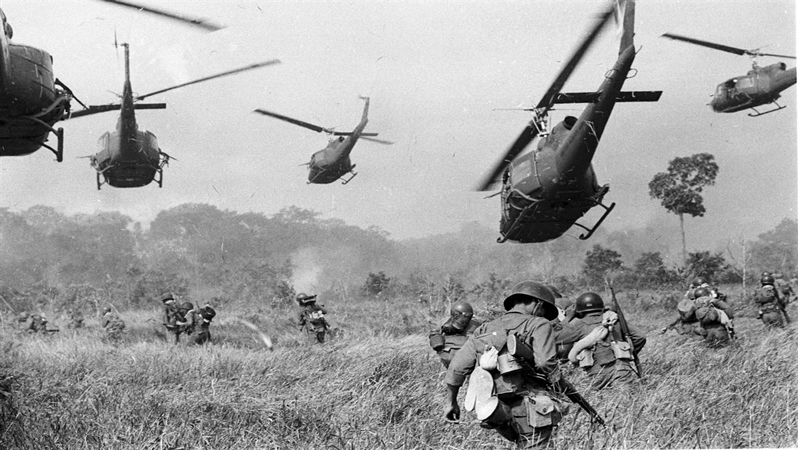The Formation of NATO and Warsaw Pact
In 1949, the prospect of further Communist expansion prompted the United States and 11 other Western nations to form the North Atlantic Treaty Organization (NATO). The Soviet Union and its affiliated Communist nations in Eastern Europe founded a rival alliance, the Warsaw Pact, in 1955. The alignment of nearly every European nation into one of the two opposing camps formalized the political division of the European continent that had taken place since World War II (1939-45). This alignment provided the framework for the military standoff that continued throughout the Cold War (1945-91).
War in Korea
Cold War tensions between the United States and the USSR eventually exploded in Korea when Soviet-backed North Korea invaded South Korea in 1950. Determined not to let Communism spread in East Asia, Truman quadrupled military spending and ordered General MacArthur to retake the southern half of the peninsula. MacArthur succeeded and then pushed the North Koreans almost up to the Chinese border. Threatened, over a million soldiers from Communist China poured into Korea, forcing MacArthur to retreat back to the 38th parallel, which had originally divided North Korea from South Korea.
When MacArthur began to criticize Truman publicly for his unwillingness to use nuclear weapons in Korea, Truman was forced to fire his top general for insubordination. United States forces remained entrenched at the 38th parallel for two more years, at the cost of more than 50,000 American lives. Both sides declared a cease-fire only after the new U.S. president, Dwight D. Eisenhower, threatened to use nuclear weapons in 1953.
The Vietnam War
The Vietnam War was a long, costly armed conflict that pitted the communist regime of North Vietnam and its southern allies, known as the Viet Cong, against South Vietnam and its principal ally, the United States. The war began in 1954 (though conflict in the region stretched back to the mid-1940s), after the rise to power of Ho Chi Minh and his communist Viet Minh party in North Vietnam, and continued against the backdrop of an intense Cold War between two global superpowers: the United States and the Soviet Union. More than 3 million people (including 58,000 Americans) were killed in the Vietnam War; more than half were Vietnamese civilians. By 1969, at the peak of U.S. involvement in the war, more than 500,000 U.S. military personnel were involved in the Vietnam conflict. Working under the “domino theory,” which held that if one Southeast Asian country fell to communism, many would follow, Kennedy increased U.S. aid, though he stopped short of committing to a large-scale military intervention
The Cuban Missile Crisis
During John F. Kennedy’s Presidency, one of the greatest Cold War challenges yet came in Cuba. Hoping to topple Cuba’s new pro-Communist revolutionary leader, Fidel Castro, Kennedy authorized the CIA to train and arm a force of more than 1,000 Cuban exiles and sent them to invade Cuba in the spring of 1961. When this Bay of Pigs invasion failed embarrassingly, Kennedy authorized several unsuccessful assassination attempts against Castro. Outraged, Castro turned to the USSR for economic aid and protection.
Khrushchev capitalized on the opportunity and placed several nuclear missiles in Cuba. Kennedy consequently blockaded the island nation, pushing the United States and the USSR to the brink of nuclear war. Khrushchev ended the terrifying Cuban missile crisis when he agreed to remove the missiles in exchange for an end to the blockade. Kennedy also removed American missiles from Turkey and agreed to work on reducing Cold War tensions. Tragically, Kennedy was assassinated in late 1963, just as tensions were rising in Vietnam—which would prove to be the next, and most costly, theater of the Cold War.
